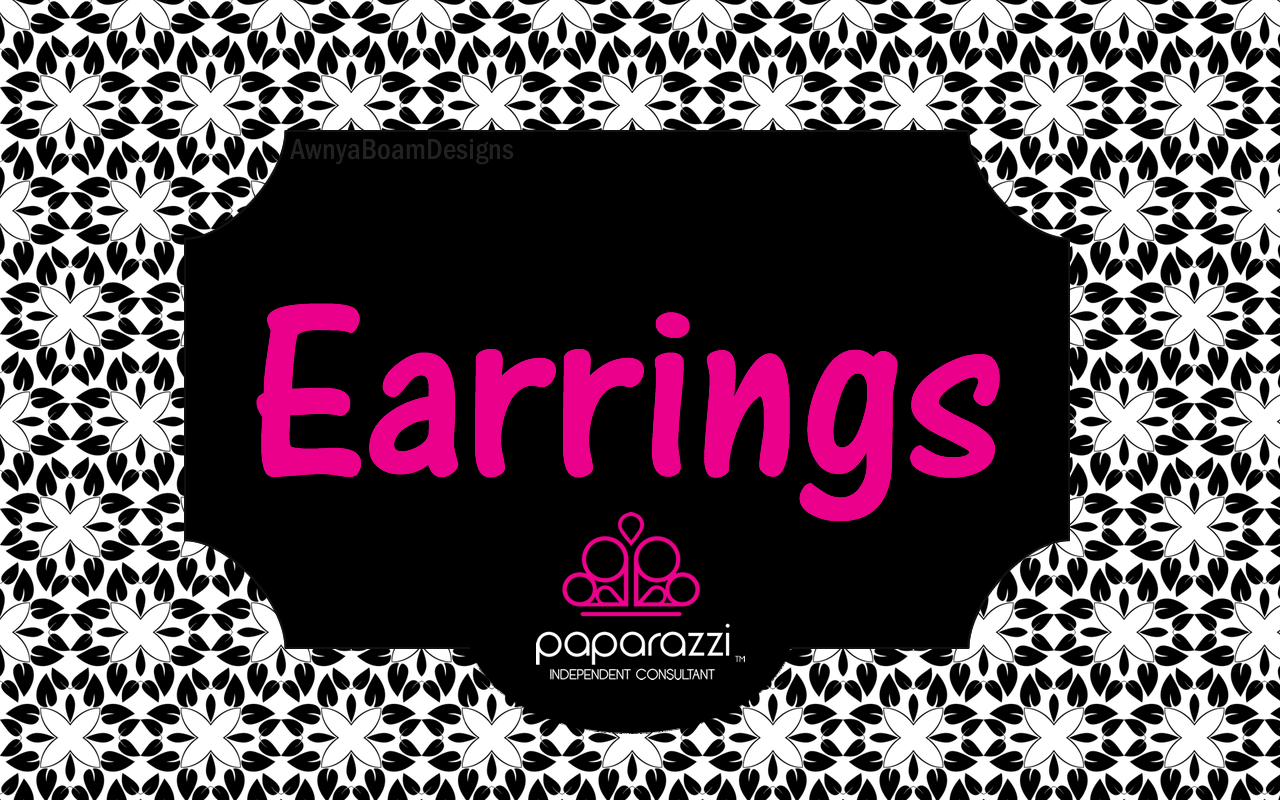

“The 1900 Paris Exposition inspired a huge interest in jewelry, and gave birth to a new generation of creative artisans who designed ‘imitation’ jewelry, offering to the masses baubles that were previously available only to the elite.”Ĭhanel and Monet Make Baubles Fashion-Foward “Prior to and including the 1920s, costume jewelry was most often created to mimic fine jewelry,” says jewelry historian and dealer Harrice Miller. Images via Historia/Shutterstock, Florence Vandamm/Conde Nast/Shutterstock, Moviestore/Shutterstock, Everett/Shutterstock, and Historia/Shutterstock. Mechanization opened up the market to a much wider audience. Images via The LIFE Picture Collection/Shutterstock, Lusha Nelson/Condé Nast/Shutterstock, Barré/Condé Nast/Shutterstock, and David Crump/ANL/Shutterstock.Ĭostume jewelry as we know it today, however, didn’t really take off until the early 20th century, when advancements in manufacturing and automation reduced production costs.

Their precise, mechanized cutting made them more brilliant than any of the hand-carved crystals that came before them. Swarovski’s “crystals” were backed with foil to enhance their shine. Here, he developed an interest in electricity and began work on his electric glass-cutting machine. Daniel learned the basics of his craft from his father and was further educated in France and Vienna. Swarovski was the son of an Austrian glass cutter who owned a small glass-cutting factory near what’s now the Polish border. But in 1892, Daniel Swarovski patented the first electric cutting machine for leaded glass. Until the late 19th century, however, imitation gemstones still had to be cut by hand, a labor-intensive and time-consuming process.
PAPARAZZI JEWELRY LOGO PLUS
It’s also softer and easier to cut, plus the addition of metal salts during the molten stage allows the glass to be colored to mimic the appearance of just about any gem. Leaded glass is more refractive than regular glass and, thus, has a more diamond-like sparkle. Images via Gianni Dagli Orti/Shutterstock, Kharbine-Tapabor/Shutterstock, Kharbine-Tapabor/Shutterstock, and Kharbine-Tapabor/Shutterstock. These types of glass were also common in medieval Europe, where they were used to create mosaic tiles, enamels, stained glass windows, and imitation precious stones. Leaded glass was cast to imitate jade for use in figurines, jewelry, and small vessels. In fact, colored glass has been found at Mesopotamian archeological sites dating back to 1400 BCE, and in Han Dynasty China (206 BCE to 220 CE). Colored glass had already been used in place of gemstones in jewelry for centuries, especially in the East. Jewelers had to turn to high-lead-content glass to meet demand. Images via Historia/Shutterstock, Historia/Shutterstock, Universal History Archive/Shutterstock, Design Pics Inc/Shutterstock, Kharbine-Tapabor/Shutterstock, and Historia/Shutterstock.įake Gemstones Around the World (and Across Time)Įventually, the quartz crystals the stones were made with ran out along the banks of the Rhine River. This added to their popularity among the French aristocracy and the Western world at large. Jewelry made with Strass’s rhinestones was cheaper to produce than pieces created with genuine gems, but they were still considered highly-prized luxury items.Įven Marie Antoinette, an infamous lover of fine jewelry, collected and often wore pieces set with imitation gemstones. Strass opened his own business in 1730, and by 1734, his pierre précieuse simulée (simulated gemstones) were so popular that he was awarded the title of “King’s Jeweler” by Louis XV. These powders altered the stones’ colors.

To further their verisimilitude to genuine gemstones, Strass coated the backs of his “rhinestones” with metallic powders, like ground bismuth and thallium. In 1724, jeweler Georges Fréderic Strass created faux diamonds from high-lead-content quartz crystals he found along the banks of the Rhine river. Like so much of fashion history, the history of costume jewelry (at least, as it’s known in the Western world) begins in France. Let’s look at how it’s evolved over time. Gaudy, glamorous, and maximalist at its core, costume jewelry is a fashion staple.


 0 kommentar(er)
0 kommentar(er)
